Imaging the Encke-division is the holy grail for amateur-astronomers imaging Saturn. "Encke" is an approx. 330km wide gap in the A-ring system of Saturn.
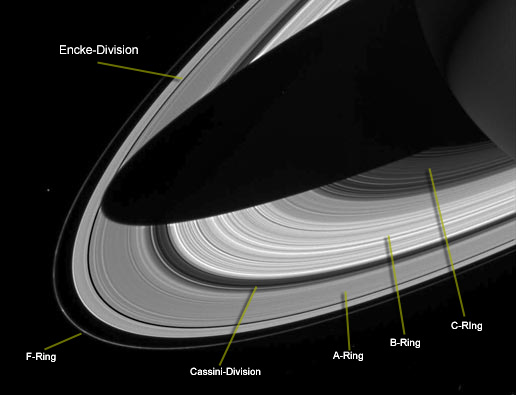
Imaged by Cassini spacecraft
Image credit: NASA/JPL/Space Science Institute.
Many Saturn images that have been processed by stacking several frames from a webcam or videocamera capture seem to show the Encke-division or the "Encke-minimum" in Saturn's A-Ring. Unfortunately most of these "Enckes" are nothing but processing artefacts. An example:
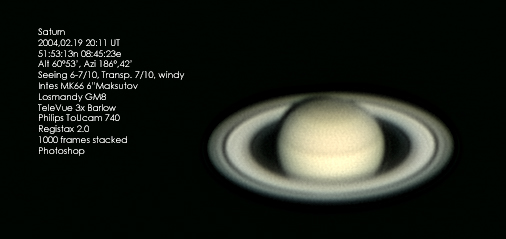
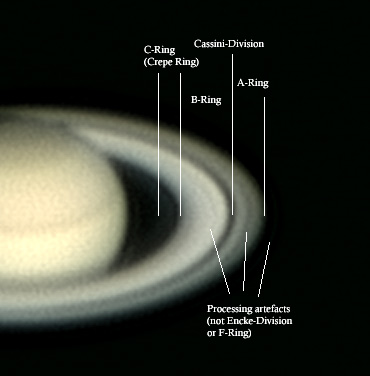
Taking a close look at the image above shows a darker band in the A-ring and a faint ring outside the A-ring.
If the source video has been taken under suboptimal seeing (which is nearly always the case) Saturn does not have the same shape on the individual frames, it is more or less distorted by seeing. When the frames that are stacked for the final image differ in shape, the "ghost Encke" and the "ghost F-ring" will appear. The inner dark band shows the edge of the A-ring from frames that are distorted "inwards" and the faint outer ring results from frames that are distorted "outwards".
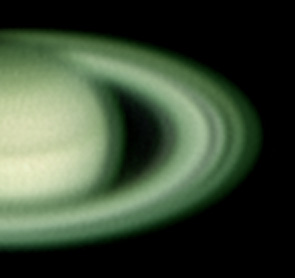
Example of frame distored "outwards"

Example of frame distored "inwards"
Sharpening algorithms enhance the artefacts and voila, we have Encke's ghost. Apparently the artefacts inside the ring are enhanced more by sharpening than the artefacts outside the ring.
Example of sharpening artefacts
It's possbile to create a gap or "minimum" like feature just by sharpening a perfectly smooth ring structure:

Origininal image
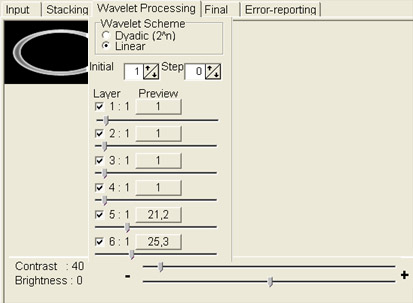
Some wavelet sharpening in Registax

Resulting image with "minimum" like artefact
How to prevent
The stacking algorithm must be parameterised to stack frames with a nearly unique shape only. In Registax this is accomplished by adjusting the alignment filter properly and keeping the registration difference low in the stacking window.
Avoid oversharpening. Trying to squeeze out the faintest details with heavy sharpening settings can easily produce artefacts that don't exist in the captured raw data at all.
Real Encke capture ?
To check if you've really captured the Encke division, consult the best
raw frames first. If there's a visible hint of Encke in several frames
at the correct location: Congratulations !
To capture Encke it takes really good seeing and equipment able to deliver
the required resolution. If one of both is not the case it's quite unlikely
that the real Encke division has been captured. Theory and practice show
that we need at least 10" aperture with excellent optics and very
good seeing conditions to be able to resolve the Encke division (fine
article about seeing Encke).